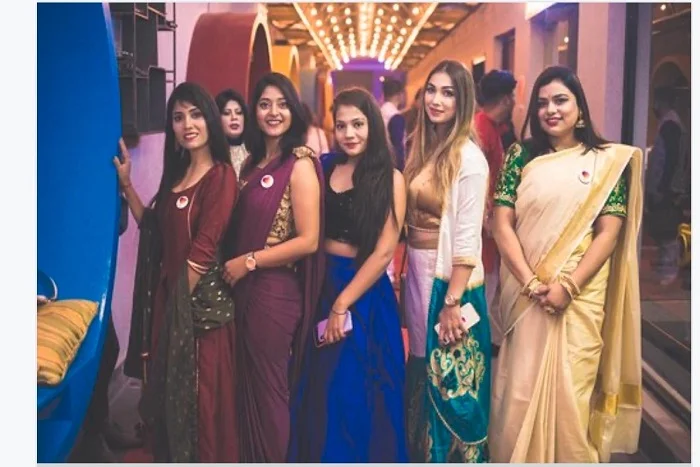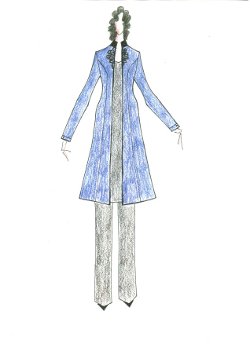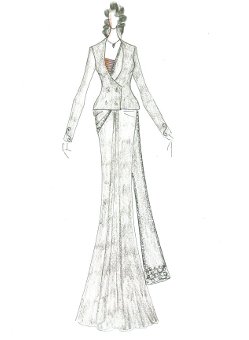Introduction
Mary Kay Ash said, “While clothes may not make the woman, they certainly have a strong effect on her self-confidence – which, I believe, does make the woman.”
The Indian corporate woman today does believe this too but she has her share of woes. Life in the corporate circle isn’t that easy, especially if you want to climb that ladder and be taken seriously. At home, it’s no free fall either. The family’s personal and social settings are still primarily handled by this very woman herself. How does she portray the right image in every setting? How does she manage her different roles without leaving the wrong impressions. Does she really know what should be worn, where? In reality she is lost. She restricts herself to two at the most three garment styles and repeats this image in every setting, appropriate or not. Professionally, quite a few women try the sari and in silk and cotton they are a splendid option but, the majority find the salwar kameez most convenient, safe and multifaceted. With the multinational culture seeping in, it actually isn’t. The salwar kameez as it stands today is an untailored garment i.e. considered absolutely casual for professional settings.
Now I can almost hear a few rebellious shrieks but we at Image Consulting Business Institute are far more perceptive that you can imagine. We have been working on an option that will bridge the gap between your sense of comfort and ethics and that of the MNC that employs you. We have used our alliance with Judith Rasband, Image Master, Veteran Educator and Conselle Institute Director, to create the Indian Style Scale from Business to Casual Dress.

Judith Rasband is the originator of the Style Scale. She has magically and accurately managed to identify four levels of dress to meet all your personal and professional needs. She says, “We need to become aware of the factors or variables that account for differences in dress and the statement or messages that clothes communicate to you and to others.”
At the very top of the scale is the Tailored Level of dress. Beginning at 4.0, it goes all the way up to 4.9, getting more authoritative as it climbs. Always a matched suit. Either in pin stripes or small geometric patterns. Generally in dark dull colours with a stark dark light contrast.
At the very bottom and in total contrast is the Untailored Level. Beginning at 1.0 it goes up to level 1.9. This level is the most casual level of clothing. Rounded shapes, curved lines, lighter colours, less dark light contrast, soft pliable fabrics and large rounded patterns are it’s most evident features.
Between these extremes lie the Softly Tailored starting at Level 3.0 and the Casually Tailored beginning at Level 2.0. These are a mix of tailored and untailored elements. Softly Tailored has more tailored design elements and is softened with a few untailored ones, whereas Casually Tailored has more untailored elements strengthened with a few tailored ones. In total they count to 4 levels Tailored at Level 4, Softly Tailored at Level 3, Casually Tailored at Level 2 and Untailored at Level 1. Each level has prominent design elements which communicate certain messages e.g. a tailored, level 4 outfit would communicate authority, credibility, precision, stability and a high level of office.
Using Judith’s phenomenol system and under her guidance, we have created The Indian Style Scale. Using the Sari and our very own Salwar Kameez as the base, we have kept all design elements and messages in place at every level.
|
|
|
Look out for Part II of this article in the same space to catch illustrations in text & picture format which will take you through each level giving you practical solutions to all your woes. We promise it will be worth a wait.


